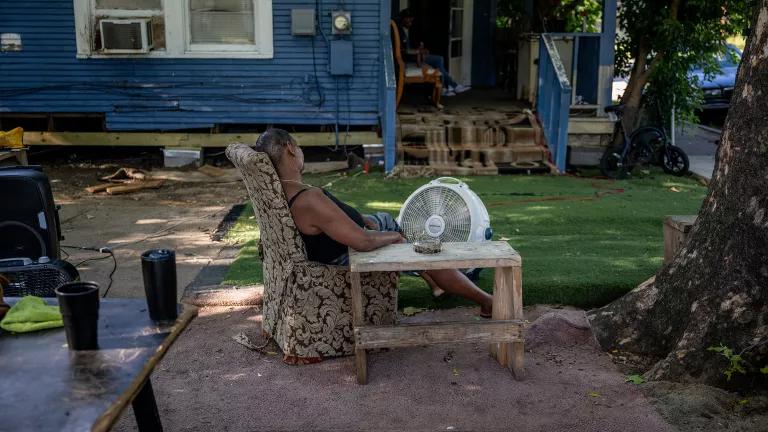There has been a veritable explosion in the number of electronics, appliances, and other miscellaneous devices plugged into, or permanently connected to, America's homes. Most are consuming electricity around-the-clock, even when the owners are not using them or think they have been turned off. This always-on energy use by inactive devices translates to $19 billion a year -- about $165 per U.S. household on average -- and approximately 50 large (500-megawatt) power plants' worth of electricity.
What is Always-On Electricity Use?
Idle load or "baseload" electricity consumption includes appliances and equipment in off or "standby" mode but still drawing power; in "sleep mode" ready to power up quickly; and left fully on but inactive. Much of this always-on energy provides little or no benefit to the consumer because most devices are not performing their primary function and home occupants are not actively using them.
The Natural Resources Defense Council partnered with Home Energy Analytics and the Stanford Sustainable Systems Lab to assess the impact of the growing cohort of always-on devices on consumer utility bills. We used three separate data sets: smart meter data from 70,000 northern California homes; smart meter and additional information for 2,750 San Francisco Bay Area homes; and a detailed in-home audit of 10 Bay area homes.
We found that "always-on" electricity use by inactive devices represents on average nearly 23 percent of northern California household electricity consumption.
But if all homes in the United States reduced their always-on load for inactive devices to the level that a quarter of the homes in our study already achieve, it would:
- save consumers $8 billion on their annual utility bills,
- avoid 64 billion kilowatt-hours of electricity use per year, and
- prevent 44 million metric tons of carbon dioxide pollution, or 4.6 percent of U.S. residential sector carbon dioxide (CO2) emissions from electricity generation.
What's to be Done?
A great deal of idle electricity can be saved through no-cost or low-cost actions by motivated consumers once they are informed about how energy and money are being needlessly wasted. However, few will act unless they are alerted to energy waste and the steps to eliminate it.
Ultimately, manufacturers should design all products with the goal of minimizing idle power so that consumers don't have to worry about idle electricity waste and can purchase any device trusting that it will work efficiently. The solution lies in enacting energy efficiency standards so all devices are designed and manufactured to minimize idle electricity consumption. Although America already has some minimum efficiency standards that cover idle load consumption today, most products that contribute to it are not covered.
Ensuring that electronics, appliances, and miscellaneous electrical devices consume only as much electricity as necessary when unused presents a huge opportunity to save energy and money. Eliminating this energy waste also decreases the number of fossil fuel–burning power plants necessary to generate electricity, thereby reducing harmful air pollutants and carbon emissions that threaten our health and the environment.
Given that these power plants account for nearly 40 percent of U.S. carbon pollution, smarter energy use can have a measurable impact on overall emissions and would help states comply with emissions reduction targets under the government's Clean Power Plan to set the first-ever limits on this dangerous pollution. In addition, optimizing energy use helps eliminate the need to build new expensive energy infrastructure, saving utilities and their customers money.
In the meantime, consumers can take these steps in their homes and businesses:
- Optimize the efficiency of their current devices;
- Buy more efficient appliances, electronics, and miscellaneous devices, such as those labeled ENERGY STAR™, whether replacing old models or purchasing new ones;
- Urge lawmakers to enact idle load labeling so shoppers can avoid products with high idle loads; and
- Insist that all devices be required to meet idle load efficiency standards so there is no need to worry about models needlessly wasting electricity, the same way regulatory mechanisms ensure that our vehicles are safe to drive and foods are safe to eat.


